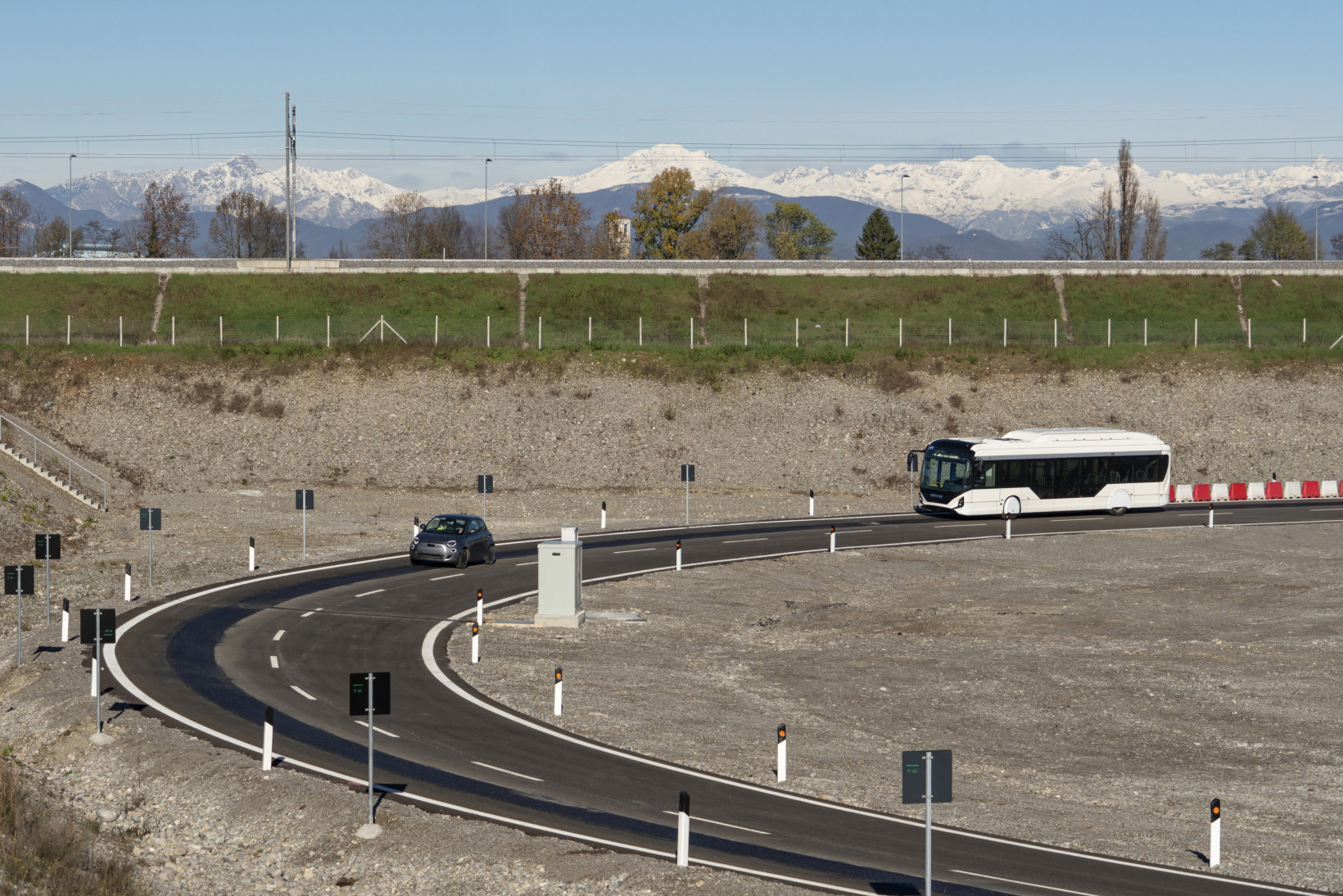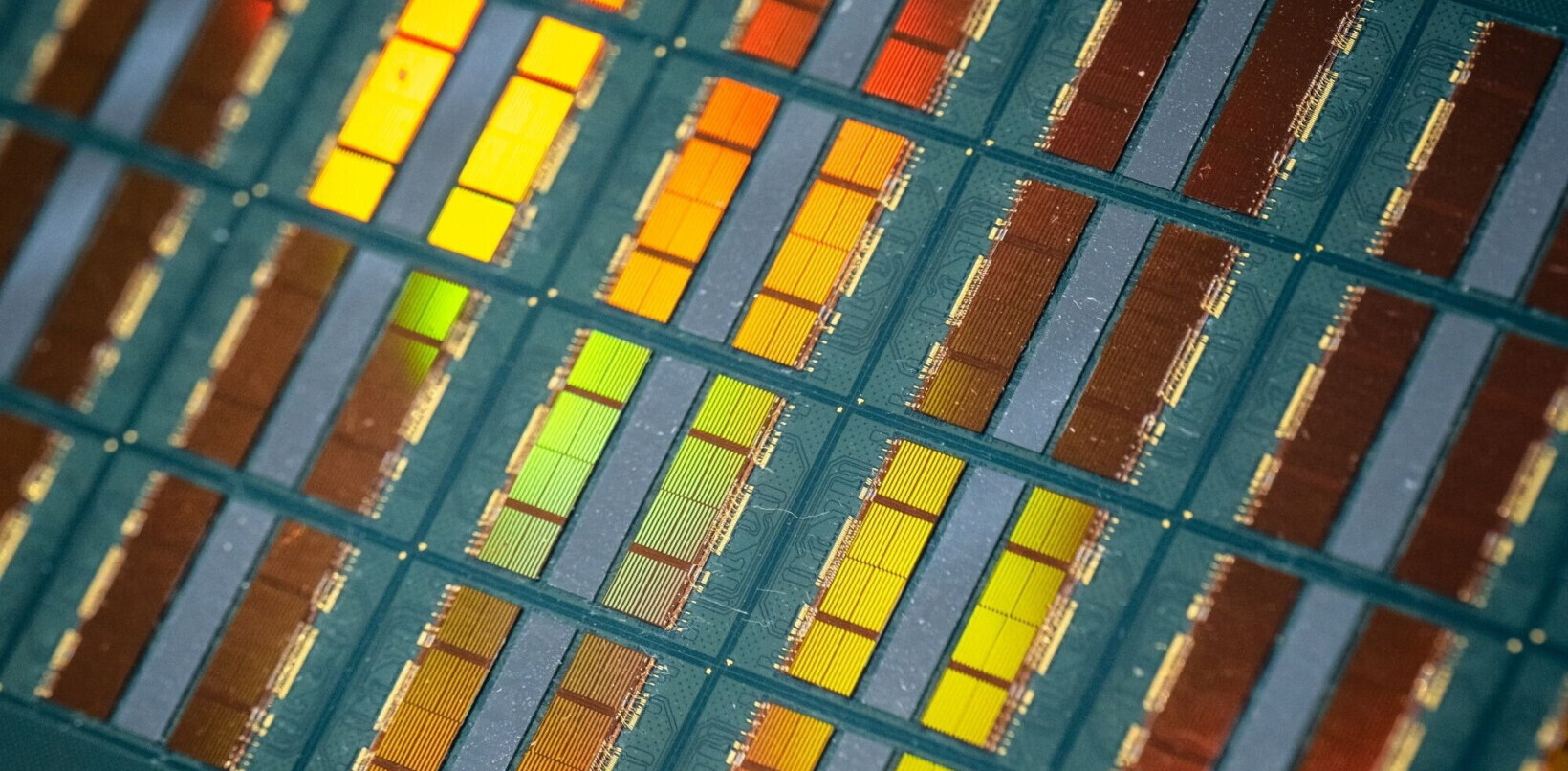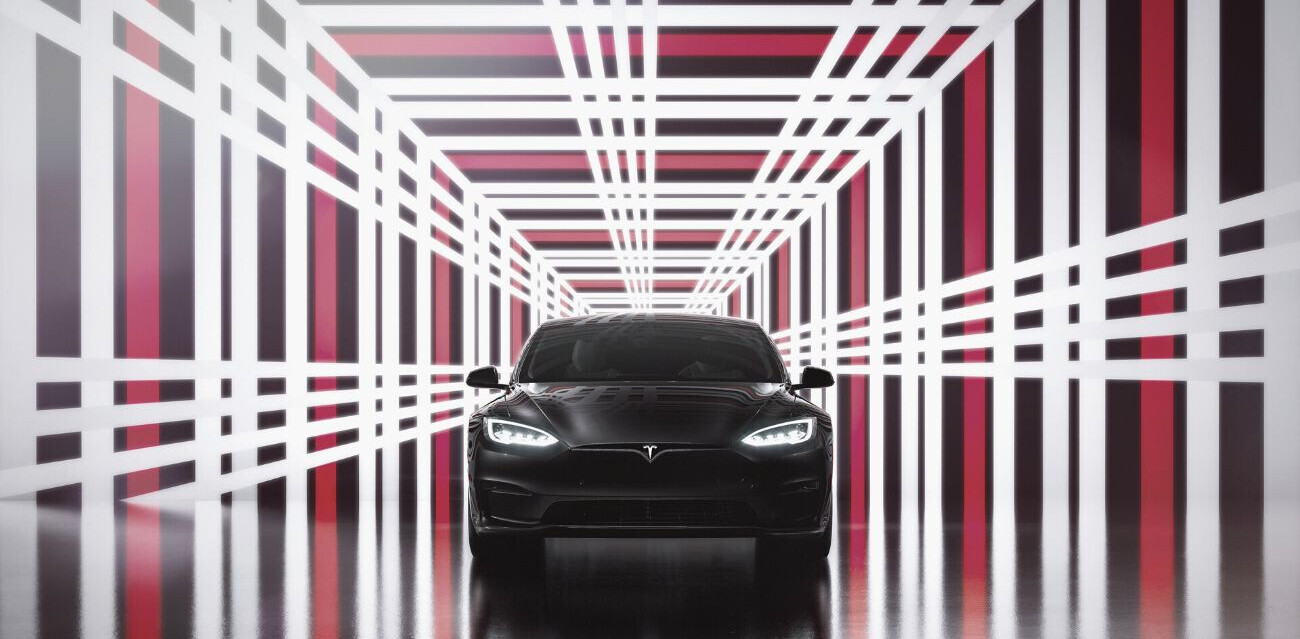
The idea of EV wireless charging while on the road is gradually gaining traction — and not without a reason. Juicing up your car while driving removes the hassle of stopping at a charging station and would end range anxiety once and for all.
Stellantis is the latest automaker to explore the capabilities of Dynamic Wireless Power Transfer (DWPT) — the tech that allows EVs to recharge as they travel over specially equipped, dedicated road lanes.
What’s Dynamic Wireless Power Transfer?
DWPT is basically a system of coils placed under the asphalt. They emit an electromagnetic field that’s picked up by vehicles driving over them and, in turn, converted into electricity by a special receiver.
That way, road infrastructure can feed energy to the electric motor, conserving the battery’s charge and extending the vehicle’s range.
Stellantis’ pilot project
Stellantis built a dedicated circular test track called Arena del Futuro (Italian for “Arena of the Future”), where it tested an outfitted Fiat 500 EV.
You can check out how the circuit works in the video below:
According to the automaker, the test demonstrated that an EV like the Fiat 500 can travel at average highway speeds without consuming the battery’s energy. It also showed that the efficiency of the energy flow from the asphalt to the car is comparable to the typical efficiency of fast charging stations.

Stellantis attributes the success to the fact that Arena del Futuro is powered by direct current (DC), which offers three significant advantages:
- It reduces power loss during the energy distribution.
- It eliminates the need to convert DC into AC.
- It allows the use of thinner aluminum cables for current distribution, which are easier to source and recycle, and have half the costs of copper.
The automaker believes that DWPT tech will “simplify the customer approach to electric mobility and ultimately respond in a tangible way to the requirements for decarbonization and environmental sustainability in the mobility sector.”
And that’s absolutely right. The longer time required to charge an EV compared to an ICE vehicle and the limiting factor of range are still significant obstacles, hindering the transition to electric mobility. Charging while driving would eliminate these concerns.
Nevertheless, the implementation of DWPT tech won’t come easy. We’re looking at huge infrastructural changes and very heavy funding to make that happen — at best — within a decade.
On the bright side, innovative technologies such as 5G, IoT, and AI applications could facilitate this transition. We could remain hopeful that as the EV adoption matures, long waiting times at charging stations will become a thing of the past.
Get the TNW newsletter
Get the most important tech news in your inbox each week.



